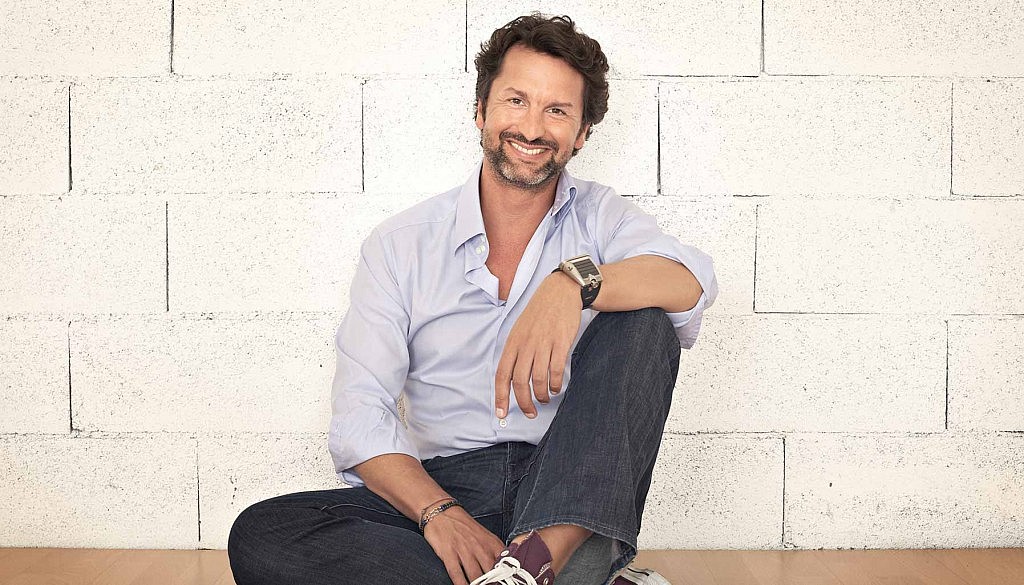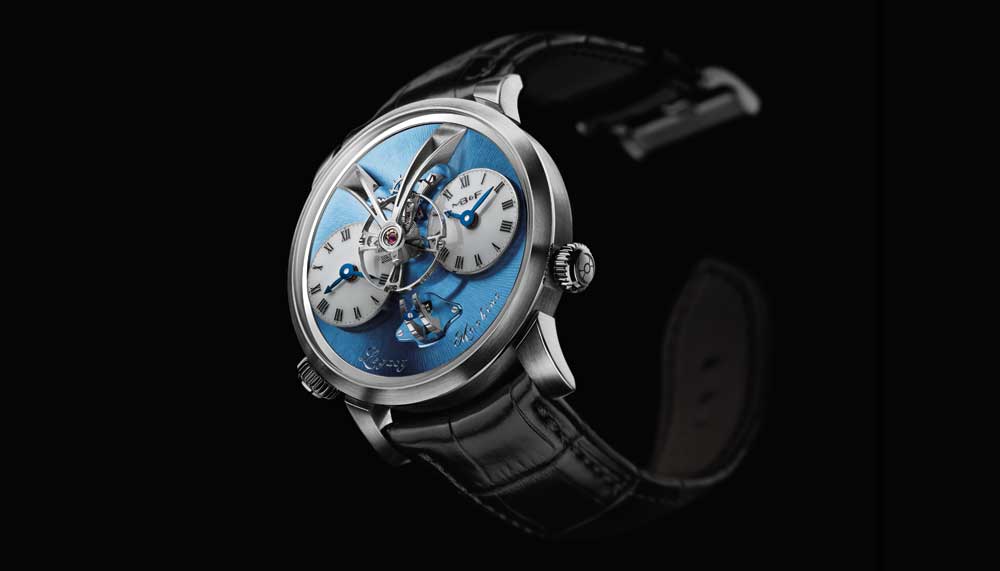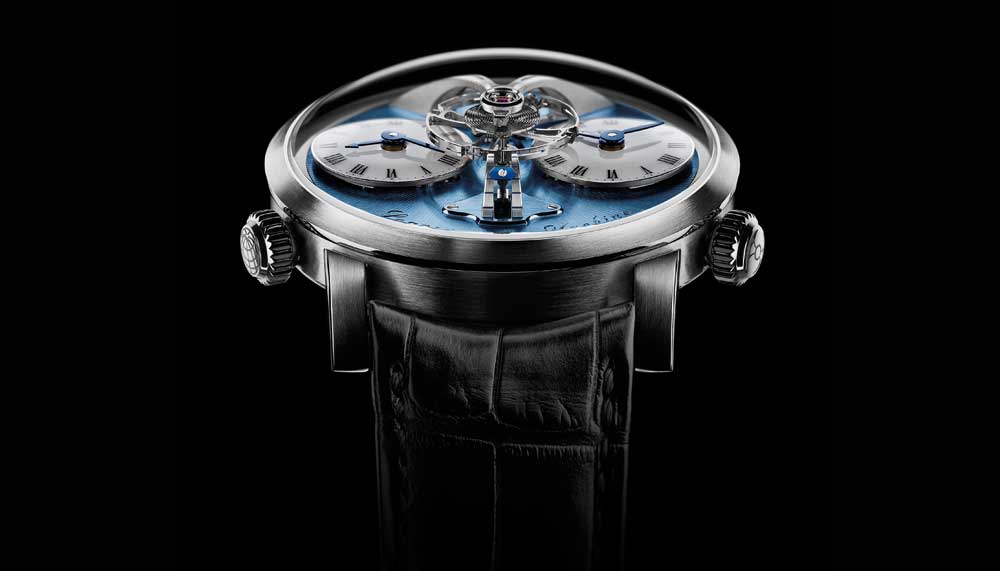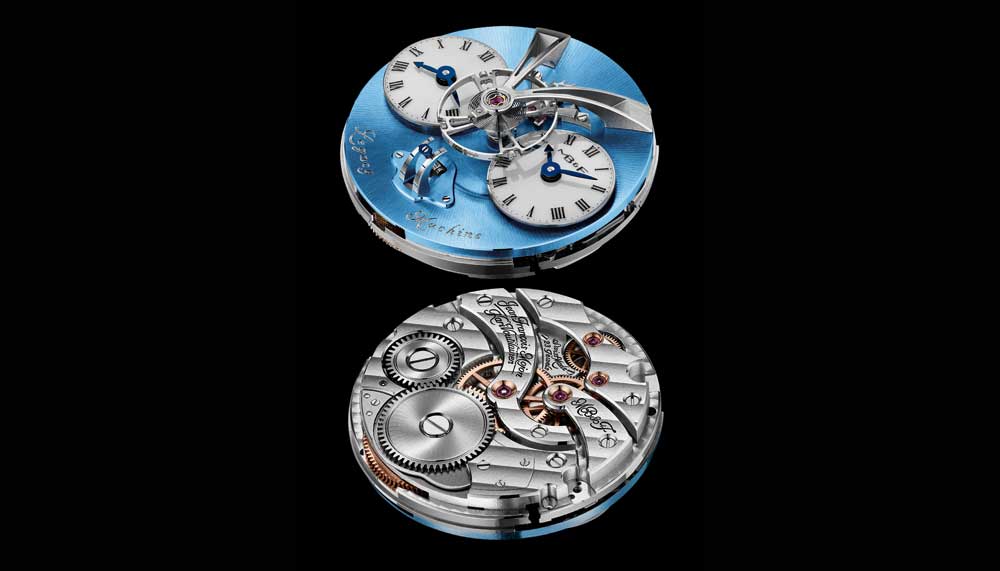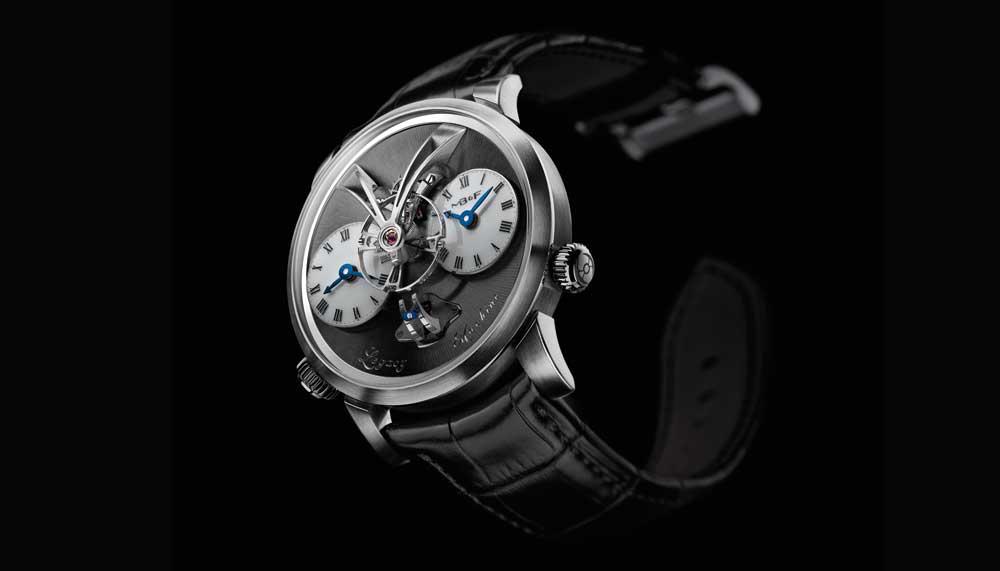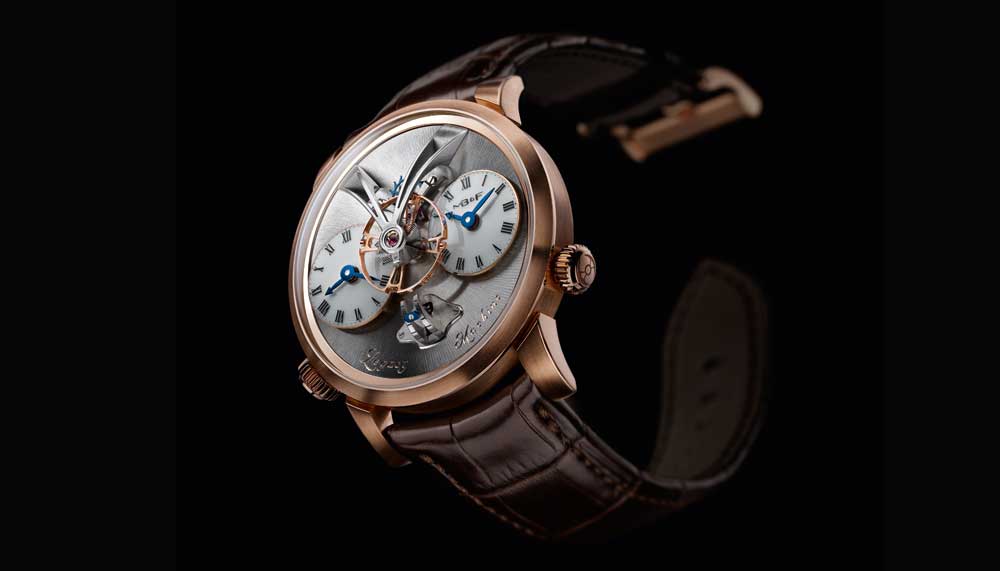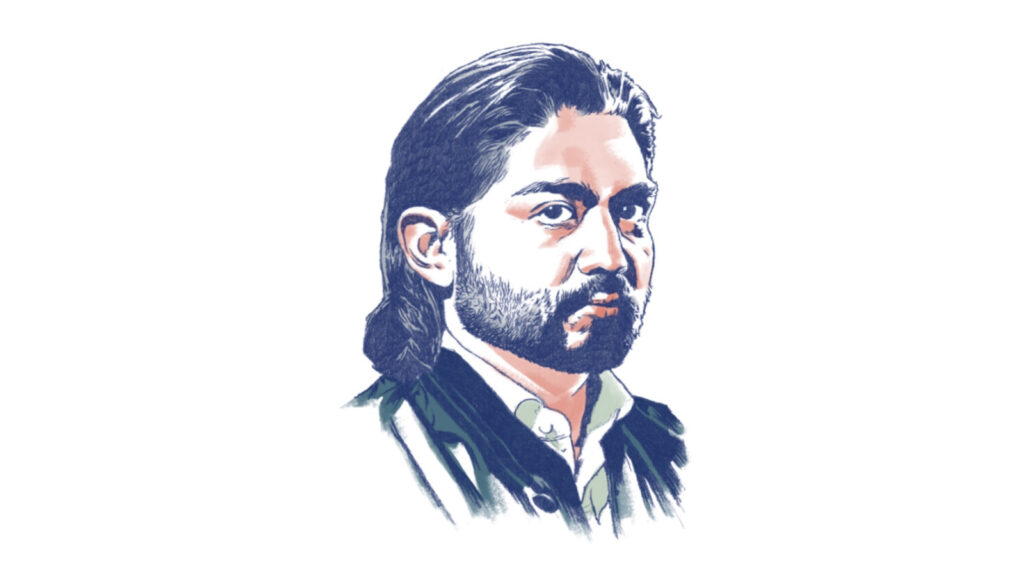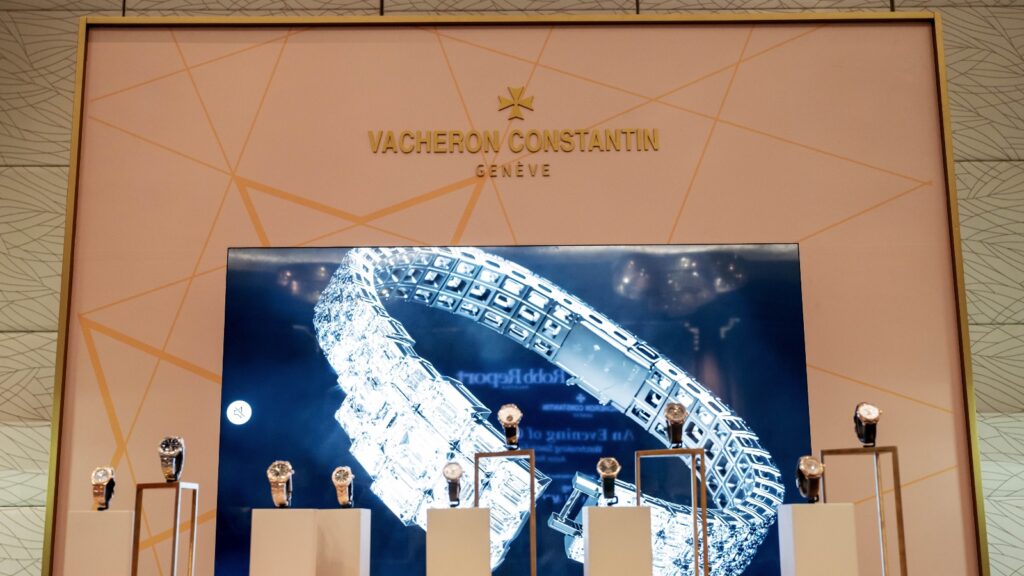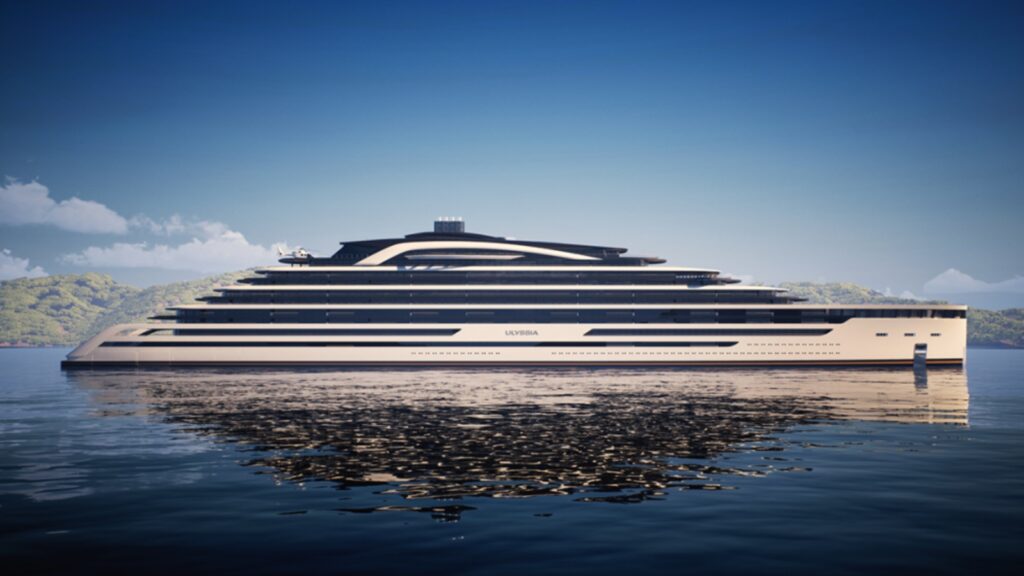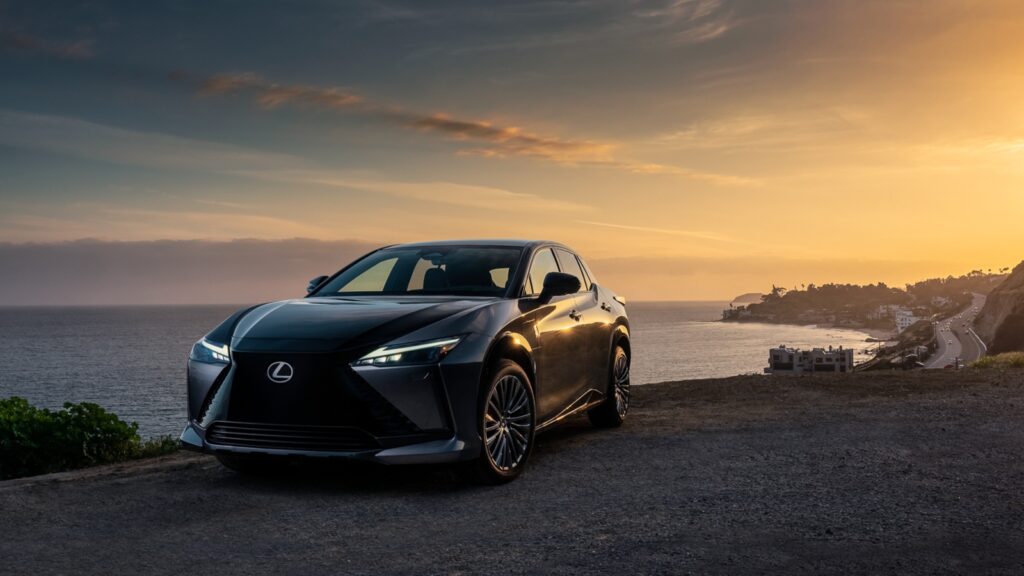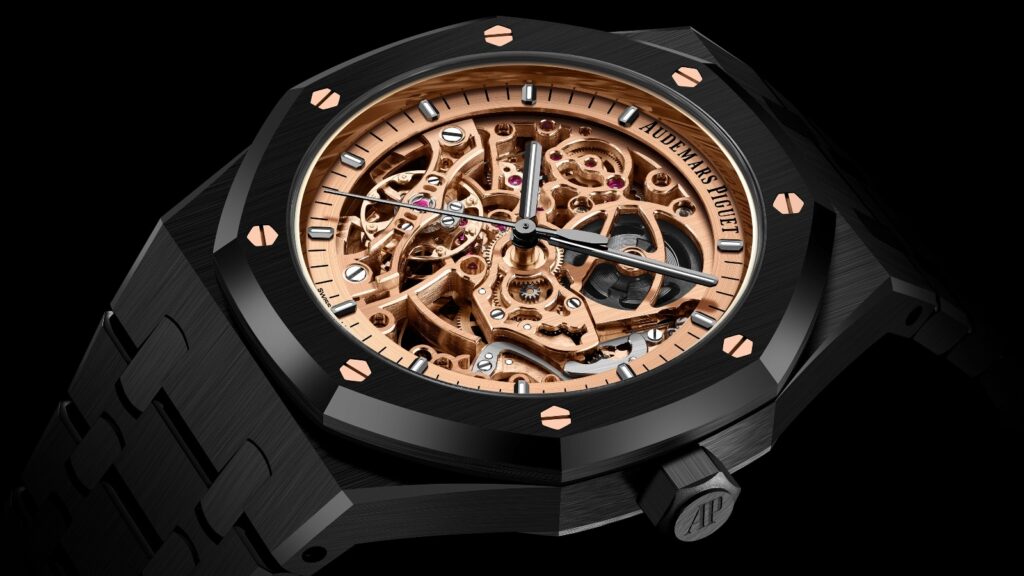A Question of Time
It’s safe to say that the past decade has been rather eventful for Maximilan Büsser, the driving force behind famously left-of-centre, anti-establishment watchmaker MB&F.
His story is known to most by now. A young watch industry executive leaves a resurgent big brand (Jaeger Le-Coultre) to join a small brand (Harry Winston) on the verge of bankruptcy. In just under a decade, said maverick completely turns it around financially and stuns industry watchers with the Opus series of watches.
He then proceeds to stun the industry again, this time by quitting the now-successful watchmaker/jeweller, to head up his own independent watchmaker, peddling exclusively avant-garde Opus-esque pieces.
The protagonist in this story would christen his brand MB&F, an acronym for Max Büsser and Friends, a brand that recently celebrated its 10th anniversary. But even when asked if he thinks MB&F would live to see its tenth birthday, Büsser pauses, looks slightly bemused and says, “I don’t think I’ve ever really thought about that.”
“When I started MB&F, I was actually prepared to fail. I was not looking forward to it, and I would have gone down battling. The reason why I created MB&F was pride – if I didn’t, I would hate myself.”
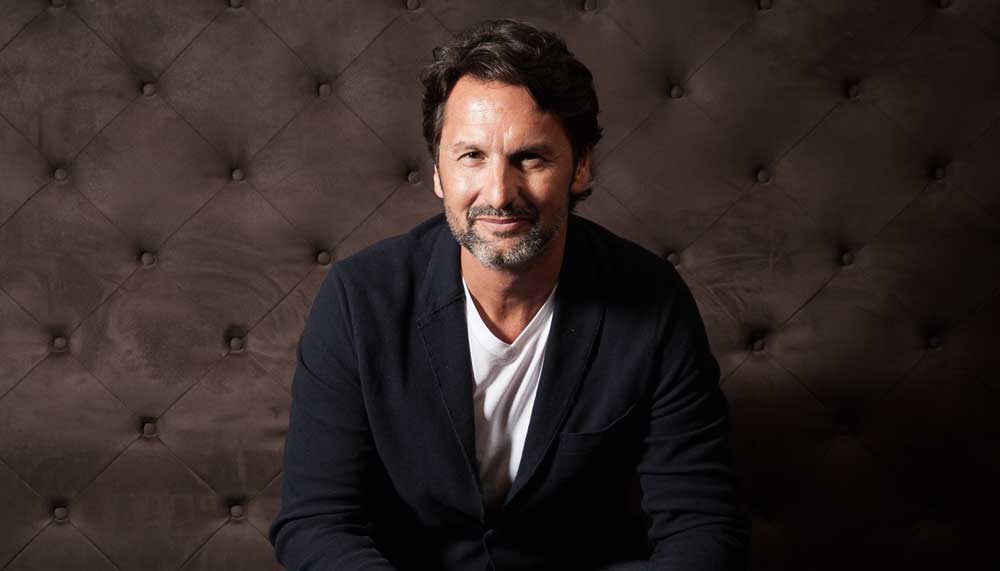
His love for the plucky independent watchmaker is pretty clear, as it’s the backbone of his Opus project at Harry Winston.
“Whether it’s Kari Voutilainen or Felix Baumgartner, they are all artisans who need to express themselves. They didn’t start out only to make money, and I love that… rather than guys who head multinational companies whose main goal is to increase profits every year. That’s not very interesting.”
Clearly, money isn’t a key concern for Büsser. In his 11 years of running MB&F, he reveals he’s still earning half of what he did at Harry Winston, laughs about not being able to afford one of his own products, and in 2015 – what he called “a great year” for MB&F – its profit was just 1.8 per cent of its revenue.
“It’s a terrible business model – if I showed it to MBA students, they’d be hitting their heads against a wall. It doesn’t make any sense… but I don’t care, I’m happy,” he says.
By his own admission, he “is sure of nothing” when he decides to debut a new piece, openly sharing that in its short history, MB&F nearly went bankrupt four times. And he isn’t ruling out the possibility of a fifth or sixth.
“Bankruptcy is a big part of my life,” he says with a wry smile.
It’s also interesting to note that Büsser has never received an offer of a buyout from a big conglomerate to buy out MB&F. “In some ways, it’s bad for my ego. I never received a big cheque from someone saying ‘We want to buy MB&F’, but I totally understand, because we scare the hell out of any institutional investor. They don’t want a guy like me in a big company making all these crazy pieces. We’re taking risks and a big company takes risk out of the equation. For us, the only equation is risk, so we’re way too dangerous for a big entity,” he says.
On the topic of risk, Büsser reveals he has six new movements in the offing, ostensibly destined for a slew of all-new pieces, and is working on a second brand, with products at a far lower price point than what is usual for MB&F.
He says, “For the latter, that’s going to be challenging, because the lower end of the market is something I don’t know very much about. I wanted to create something cool and great at that price point. It’s enormously dangerous for me, but it’s fun.”
To the casual observer, it might seem that Büsser is simply doing what he likes, everyone else be damned. However, despite all the talk of fun and happiness, one can’t help but wonder if the man is far more shrewd than he has people believing.
After all, this is the same person who turned around a couple of struggling business concerns including his own. When MB&F was starting out, it had the hopes and big dreams of its founder, but precious little else.
Even today, out of “survival mode”, as Büsser puts it, MB&F is still an extremely small company with even smaller production numbers. It’s plain to see he can ill afford to have production delays, of the sort exemplified by the notoriously troubled seven-year gestation period of the Harry Winston Opus 3.
Then there’s the small issue of tanking sales numbers in luxury watch retail, something Büsser is trying to sidestep by “intensely limiting” his production so his retail partners aren’t holding on to too much hard-to-shift inventory.
“We’ve sacrificed revenue to ensure the sell-out was quick,” he says, “This lower production run also has the happy effect of increasing scarcity.
Along with that, Büsser also isn’t afraid of discontinuing successful products, such as the LM1. These are deliberate moves aimed at driving up MB&F’s value in the secondary market, something he says, doesn’t factor into most brand’s plans.
Büsser, though is sticking to his guns, “If our secondary market is strong, we’re good for the next 10 years.”
But when asked where he sees MB&F then, he draws a bit of a blank. “Product-wise, we’ve got a pretty clear idea, but the man I’ll be then, I don’t know. Maybe I’ll want to go to a desert island and live off catching lobsters by the sea,” he says.
And that’s a great reflection of what MB&F is. Like its founder, there’s a certain unpredictability about it, unafraid of taking paths less travelled.
Perhaps Büsser says it best when he likens the watch industry to motorists on a highway, with everyone travelling in different vehicles, but in the same direction. MB&F, though, “has parked our car by the side of the road and gone into the jungle with a machete. There might be a big tree or there’s a brook we have to cross, but we don’t know where we’re going. That’s the beauty of it all.”
